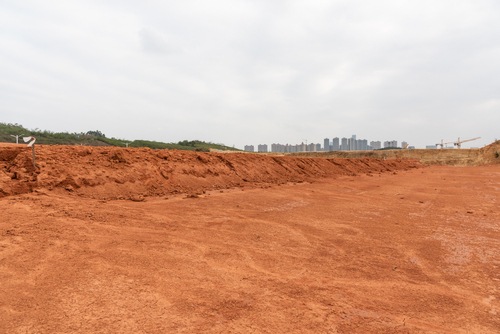Key Factors in Subgrade Preparation
Proper subgrade preparation ensures long-term safety and durability. Key steps include:
1. Soil Testing: Check if the soil is strong enough to bear the structure. This helps in choosing the right type of foundation and prevents structural failure.
2. Compaction: Press the soil firmly to remove air gaps and prevent future settling. Well-compacted soil supports the weight of the building evenly and avoids cracks later.
3. Drainage: Good drainage keeps moisture away from the subgrade and protects your foundation from weakening.
4. Levelling: The ground must be flat, stable, and free of debris before laying the foundation.
Common Mistakes to Avoid in Subgrade Preparation
Subgrade might not be visible after construction, but it quietly does the heavy lifting. If not done right, problems can show up in the form of cracks, damp floors, or uneven tiles. Even with the right materials, mistakes in subgrade work can affect your home’s strength. Here are some of the most common mistakes :
1. Skipping soil testing: Not knowing the soil type can lead to poor load-bearing capacity.
2. Uneven compaction: Loose or uneven soil can cause parts of your house to settle more than others.
3. Poor drainage design: Water accumulation under the house can weaken the foundation over time.
4. Ignoring local soil conditions: Some soils expand or shrink with moisture; ignoring this may lead to cracks.
